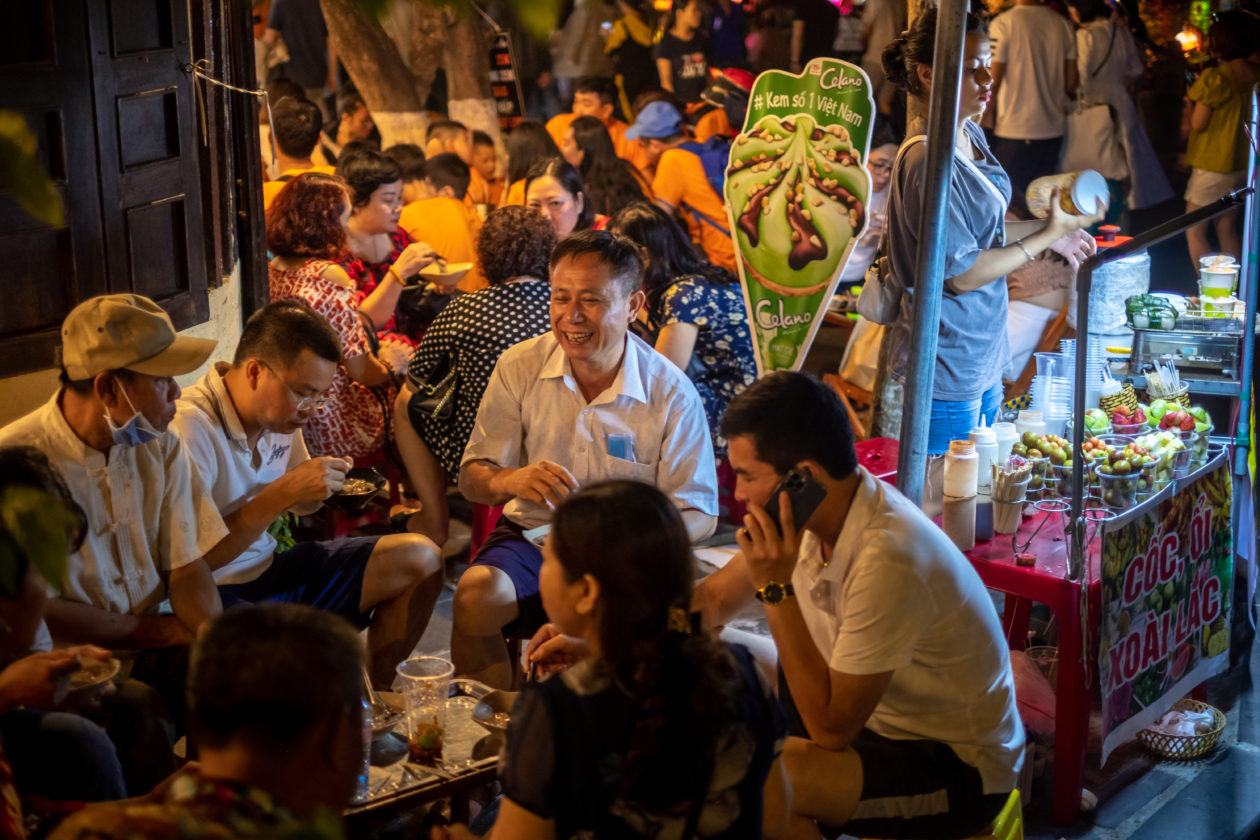Central and Southeast Asia has emerged as one of the fastest-growing regions for cryptocurrency adoption, according to global blockchain analytics firm Chainalysis, which found the region saw a 2% growth in global market share between July 2020 and June 2021. With a 706% growth in terms of raw value, the region was just behind the Middle East and Central, Northern, Western Europe for total crypto growth for the year, according to the firm’s 2021 Central and Southern Asia and Oceania (CSAO) report, which was shared with Forkast.News.
Ultimately, this growth made CSAO the fourth-largest cryptocurrency market in the world, with over US$572.5 billion in value sent during the year — representing 14% of total global cryptocurrency transactions.
“Does it surprise me that Southeast Asia is one of the fastest-growing regions for crypto? It doesn’t at all,” says Brian Lu, partner at Headline Asia and Infinity Ventures Crypto, which invests in crypto projects in Southeast Asia. One of its projects has been Yield Guild Games, a developer behind the blockchain-based runaway success Axie Infinity.
Chainalysis found that much of this growth has been driven by strong grassroots adoption in a few key countries, with the CSAO region containing the top three positions in its Global Crypto Adoption Index — Vietnam, India and Pakistan, respectively. In other significant positions, Thailand placed in 12th and the Philippines 15th. In the report, Binh Nguyen, fintech-crypto hub coordinator at the Royal Melbourne Institute of Technology Vietnam (RMIT), likened much of the crypto activity in Vietnam to gambling.
“Most forms of gambling are illegal but quite popular in Vietnam, and I think that’s one reason people here are willing to invest in high volatility assets like cryptocurrency,” said Nguyen, adding while parts of the Vietnamese crypto community have an interest in and are building on decentralized finance projects and in the structural changes cryptocurrency can offer, many investors in the country lack high levels of financial or technological literacy. “Low financial literacy is a driver of excessive risk-taking and may create lucky financial rewards for crypto investors during a bull market,” he said. “Lots of sophisticated investors may be waiting five to 10 years and missing out.”
Another possible reason for high levels of adoption in countries in CSAO is the prevalence of unbanked populations in the region. Of the world’s estimated 1.7 billion unbanked people today, 290 million are in Southeast Asia. In the Philippines, for instance, 71% of the country’s adults do not have access to a bank account, equating to more than 51 million people. As Forkast.News has previously reported, this is one of the reasons Facebook’s planned digital wallet project “Novi” is predicted to have such strong uptake in the region.
Due in no small part to its size, India is second only to China in terms of the absolute number of its unbanked population with 190 million of its almost 1.4 billion people having no access to the financial system, according to a 2017 report by the World Bank. Pakistan follows close behind with 100 million of its 220 million residents having no bank account as of 2017. Across the Pacific, El Salvador’s recent adoption of Bitcoin as legal tender was ostensibly made in order to better address the needs of the Central American country’s unbanked population, which — similar to the Philippines — is around 70% of its 6.5 million people.
Non-custodial crypto wallet Metamask recently revealed it has grown 1,800% this year, with 20% of its 10 million active monthly users coming from the Philippines alone, driven largely by the popularity in the country of non-fungible token (NFT)-based game Axie Infinity. “One of the first things that we always talk about going into fintech investment in Southeast Asia is, ‘How do you solve the unbanked? How do you solve the underbanked? How do you go and attack those two sectors?’” Lu said. “Crypto and MetaMask [and other blockchain projects are] totally solving that issue.”
Platforms such as these have led to DeFi comprising a significant portion of the total crypto value in these countries; Chainalysis’ report found that DeFi accounted for 50% of all crypto transaction volume by February 2020. The value of DeFi surpassed all other service types to be worth more than US$60 billion in the region by the middle of this year. Unsurprisingly, crypto exchange-traded volume came in second place, with a valuation of roughly US$50 billion by the same time frame. Despite this trading volume, Lu expects a new offshoot of DeFi to emerge in coming years which will outstrip the growth and value in the sector today: GameFi — Game Finance.
“The biggest driver for crypto over the next few years is not going to be DeFi, it’s not going to be opening up centralized exchanges. It’s going to be GameFi,” Lu said. “GameFi is going to drive the crypto adoption in Southeast Asia and South Asia … blockchain games and a play-to-earn sector is what is going to take the adoption of non-crypto users and [turn] them into crypto users once they realize that they can earn more money or supplement their earnings with the game where they can play for two hours, three hours. It’s pretty crazy.”

